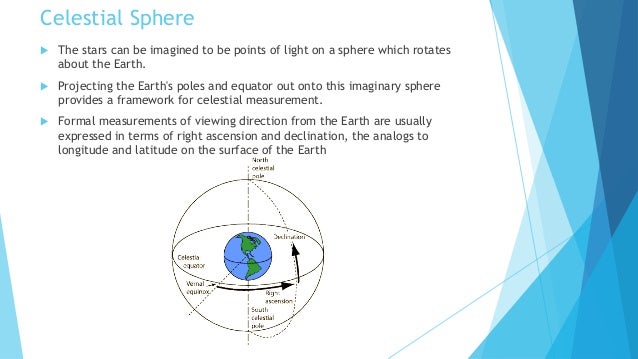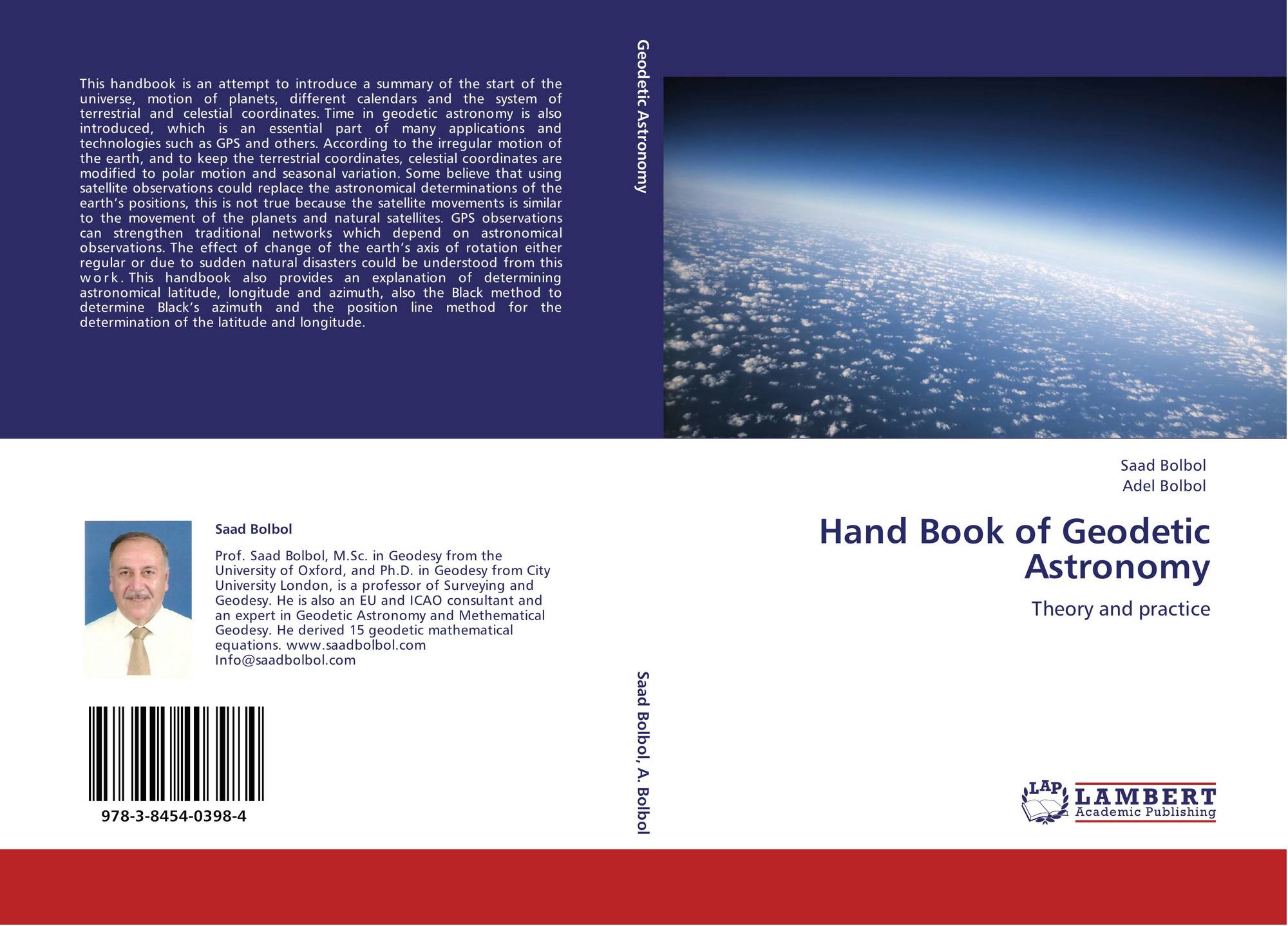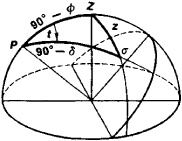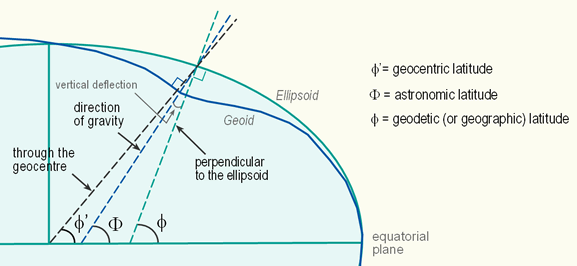Geodetic astronomy
Under Astro Geodesy and Geodetic Astronomy mean those methods of Geodesy and Astrometry at which measurements to stars and other extraterrestrial goals made and the coordinate systems of the Spherical Astronomy be used.
The central task is the determination of Lotrichtungen ( vertical deflections ) and other directions of Erdraums in an earth-fixed reference system. The positions (" loci " ) of the heavenly bodies are defined in a zälestischen or celestial coordinate system, or to be determined. The relationship between the two systems is related to the position of the earth in outer space, especially the Earth's rotation.
Eligible heavenly bodies
- Fixed stars, especially precisely measured fundamental stars, and for practical geodesy
- In particular the North Star (Polaris, Pole Star )
- The sun ( among other things to the exact orientation of surveying networks )
- Bright planets and Earth's Moon
Also measurements to artificial earth satellites ( satellite geodesy) and quasars ( Cosmic geodesy) will supplement used because astronomical geodesy and astrometry or slightly overlap.
This also different methods of distance measurement, and most precise time measurement can be used.
Importance astro- geodetic method
The objectives of these measurements are very diverse:
- Refinement of terrestrial reference systems
- Determination of the geoid ( Astrogeoid, astr. Leveling)
- Determination of structure and density in the Earth's upper crust
- Stiffening and better accuracy of measurement networks
- Orientation of polygons in Engineering Geodesy
- Overcoming obstructions (buildings, forest, lost anchor points)
- Independent navigation of Astronomical position lines
- Contributions to the space-fixed coordinate system and the
- Ongoing determination of parameters of the Earth's rotation.
Measuring instruments
The measuring instruments used are - as in other fields of geodesy - mainly theodolites, total stations and quartz watches, formerly vacuum clocks and precision chronometer.
In addition, small to medium sized special instruments in the field of astronomy and astrometry, which work either visually, photographically or optoelectronically:
- Astrolabes (eg Zeiss Ni2 astrolabe, astrolabe - Danjon )
- Zenit cameras from 20 to 100 cm focal length and smaller zenith telescopes
- Universal instruments
- Passages instruments ( until about 1980 ) and meridian circles
- Newly developed CCD instruments
- Stereocomparators for evaluation of photographic plates and films; Devices photogrammetry
And ( overlapping with satellite geodesy and geophysics ) some of their measurement processes, eg with
- Satellite cameras
- Special scanner for the stars - see, eg Hipparcos
- Laser distance measurement to the near-Earth satellites ( SLR)
- Partially Pseudoranging with GPS and future Galileo
- Radio telescopes for VLBI ( Very Long Baseline Interferometry - )
- Directional and microwave path surveys in space
- Tidal pendulum for earth tides and Lotrichtungsschwankungen
- Astrogravimetrische Lotabweichungs - determination (see gravity anomaly ).
Famous scientists
Important developments owes the Astro geodesy, among others following researchers ( in approximate chronological order ):
- Tycho Brahe, James Bradley,
- Friedrich Argelander, Friedrich Wilhelm Bessel, Carl Friedrich Gauss
- Friedrich Robert Helmert, Johann Palisa, Otto Struve, Max Wolf,
- Wilhelm Embacher, Helmut Moritz, Karl Ramsayer, Albert Schödlbauer, Hellmut Schmid









